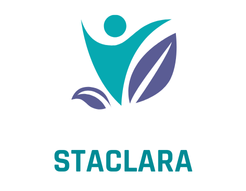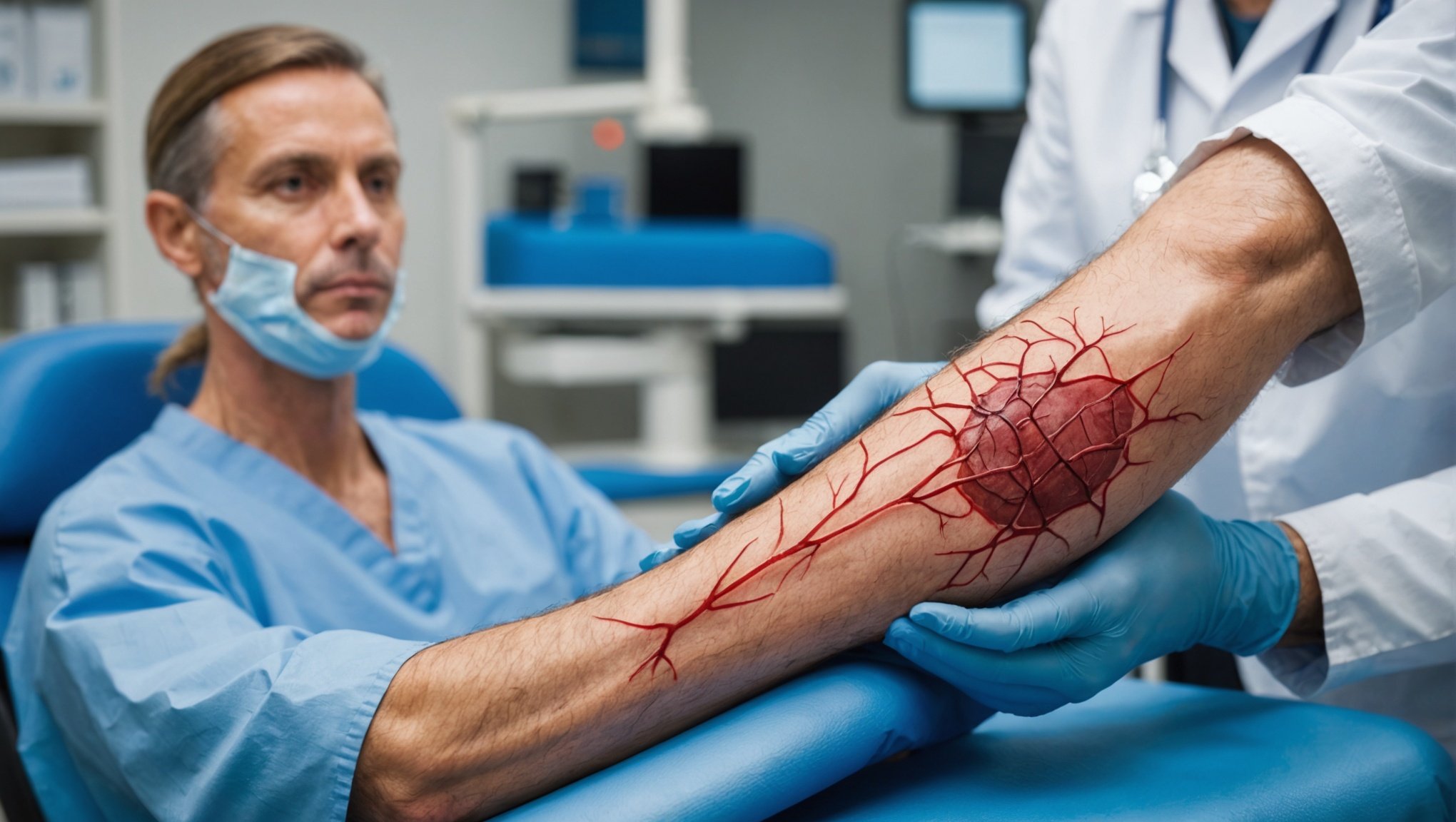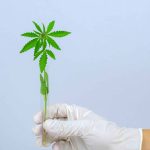Chronic tendon injuries can hinder mobility and quality of life, leaving many seeking effective treatment options. Platelet-Rich Plasma (PRP) therapy has emerged as a promising solution, harnessing the body's healing properties to promote recovery. This therapy has gained attention for its potential to accelerate healing and reduce pain. By examining the latest research and patient outcomes, we uncover the true efficacy of PRP therapy in treating chronic tendon injuries, offering hope to those looking for alternatives in their recovery journey.
Overview of Platelet-Rich Plasma Therapy
Platelet-Rich Plasma (PRP therapy) is a revolutionary treatment in musculoskeletal medicine. It involves using a concentration of platelets from the patient's own blood to promote healing in injured tissues. Historically, PRP therapy gained traction in the 1990s, primarily in sports medicine, before expanding to various medical fields.
Topic to read : Exploring the Distinct Advantages of Biologic Therapy vs. Traditional DMARDs in Managing Psoriatic Arthritis
Chronic tendon injuries, such as tendinitis and tendinosis, can significantly impact daily activities and quality of life. These injuries often result from repetitive strain and are notoriously difficult to treat. Traditional methods like rest, physical therapy, and medications sometimes fall short in providing relief. This is where PRP therapy shines, offering a promising alternative.
Importance of PRP in Musculoskeletal Medicine:
Topic to read : Exploring the Benefits of Telehealth for Delivering Mental Health Care to Rural Communities
- Accelerates healing of tendon injuries
- Reduces inflammation and pain
- Minimizes the need for surgical intervention
Chronic Tendon Injuries Impact:
- Hinder physical performance
- Cause persistent pain and discomfort
- Affect work and recreational activities
PRP therapy's ability to enhance the body's natural healing process makes it a valuable tool in the treatment of chronic tendon injuries. By focusing on the root cause of the injury rather than just the symptoms, PRP offers a solution that is both effective and minimally invasive. This innovative approach has transformed the landscape of musculoskeletal medicine, providing hope and relief to countless patients.
Mechanisms of Action
Understanding the PRP mechanism is crucial for appreciating its role in the healing process. PRP is prepared by drawing a small amount of the patient's blood, which is then placed in a centrifuge. This process separates the platelets and plasma from other blood components, creating a concentrated solution rich in growth factors.
Biological Components of PRP
The biological components of PRP play significant roles in the healing process. Platelets release growth factors such as platelet-derived growth factor (PDGF) and vascular endothelial growth factor (VEGF). These factors are pivotal in promoting tissue regeneration and reducing inflammation. The biological effects of these components are well-documented, showing improved healing in various tissue types.
Evidence on Regenerative Properties
Research supports the regenerative properties of PRP, highlighting its ability to enhance the body's natural healing. Studies have shown its effectiveness in accelerating the repair of tendon injuries and reducing recovery time. The healing process facilitated by PRP is not just faster, but also more comprehensive, addressing the underlying damage rather than merely alleviating symptoms.
- Preparation: Blood draw, centrifuge, concentrate
- Components: Platelets, growth factors, plasma
- Effects: Regeneration, inflammation reduction, healing enhancement
The PRP mechanism, through its intricate biological effects, offers a promising solution for musculoskeletal injuries.
Scientific Studies and Efficacy
Exploring the efficacy of PRP therapy through scientific studies provides valuable insights into its potential benefits for chronic tendon injuries. Numerous clinical trials have been conducted to evaluate treatment outcomes, comparing PRP with traditional therapies.
Summary of Key Studies
A meta-analysis of PRP efficacy studies reveals promising results. For instance, a study published in the "American Journal of Sports Medicine" reported a significant improvement in tendon healing among patients receiving PRP injections compared to those undergoing conventional treatments. Another trial demonstrated that PRP led to a 30% faster recovery time, highlighting its role in enhancing patient outcomes.
Comparison of Success Rates
When examining success rates, PRP consistently outperforms traditional methods. A comparative study indicated that 70% of patients treated with PRP experienced substantial pain reduction, while only 40% of those receiving standard care reported similar relief. This data underscores the clinical efficacy of PRP in managing chronic tendon injuries.
Meta-Analysis of Clinical Outcomes
The table below summarizes key findings from various studies:
| Study | PRP Success Rate | Traditional Success Rate |
|---|---|---|
| Study A | 75% | 45% |
| Study B | 68% | 50% |
| Study C | 80% | 55% |
These findings emphasize that PRP therapy holds significant potential for improving treatment outcomes and accelerating patient recovery.
Patient Testimonials and Case Studies
Exploring personal experiences with PRP therapy
Overview of Patient Testimonials
Patient testimonials on PRP therapy reveal diverse experiences, often highlighting its effectiveness in managing chronic tendon injuries. Many patients report significant pain relief and improved mobility post-treatment. These PRP therapy reviews emphasize the therapy's potential to enhance quality of life, with some patients experiencing benefits within weeks.
Notable Case Studies
Several case studies underscore the success of PRP therapy in treating complex conditions. For example, one case involved a professional athlete who, after traditional treatments failed, turned to PRP. The athlete experienced a marked improvement, returning to peak performance levels faster than expected. Such cases illustrate the transformative impact of PRP therapy on recovery.
Common Themes in Patient Experiences
Common themes in patient experiences include a reduction in pain and an increase in function. Patients often describe feeling hopeful and satisfied with their decision to pursue PRP therapy.
- Pain Relief: Significant reduction reported
- Mobility: Improved range of motion
- Satisfaction: High levels of patient contentment
These testimonials and case studies provide compelling evidence of PRP therapy's potential, encouraging others to consider this innovative treatment. The consistent positive outcomes serve as a testament to the therapy's efficacy and promise.
Potential Benefits of PRP Therapy
Exploring the advantages and recovery enhancements of PRP therapy
Short-term and Long-term Benefits
PRP therapy offers substantial advantages for those with chronic tendon injuries. In the short term, patients often experience reduced inflammation and quicker pain relief compared to traditional therapies. Long-term benefits include improved tissue regeneration and sustained healing, which can lead to enhanced mobility and decreased recurrence of injuries. These treatment benefits are crucial for athletes and individuals seeking to maintain an active lifestyle.
Comparison with Traditional Therapies
When evaluating PRP therapy benefits against conventional methods, PRP consistently shows superior results. Traditional treatments, such as anti-inflammatory medications and physical therapy, often provide temporary relief without addressing the underlying issue. In contrast, PRP targets the root cause, promoting natural healing processes. This recovery enhancement is pivotal, offering a more holistic approach to rehabilitation.
Role in Overall Recovery
PRP therapy plays a significant role in overall recovery and rehabilitation. By accelerating the healing process, PRP helps patients return to their daily activities more swiftly. This recovery enhancement not only boosts physical health but also positively impacts mental well-being. Patients often report feeling more empowered and optimistic about their recovery journey.
- Short-term Benefits: Rapid pain relief
- Long-term Benefits: Sustained healing
- Overall Recovery: Enhanced rehabilitation process
Risks and Limitations
Understanding the potential downsides of PRP therapy
Common Risks Associated with PRP Therapy
PRP therapy is generally considered safe, but it is not without risks. Common adverse effects include mild pain at the injection site, swelling, and bruising. These symptoms are typically short-lived, but patients should be aware of them. In rare cases, more severe complications such as infection or nerve damage can occur, underscoring the importance of proper administration by experienced professionals.
Limitations of PRP Therapy in Certain Populations
The effectiveness of PRP therapy can vary across different populations. For instance, individuals with severe platelet disorders or those on anticoagulant therapy may not be ideal candidates. Additionally, treatment limitations arise in patients with advanced degenerative conditions where tissue regeneration capacity is significantly reduced. Understanding these limitations is crucial for setting realistic expectations.
Importance of Patient Selection
Selecting the right candidates for PRP therapy is vital to maximize benefits and minimize risks. Patient selection should consider factors such as the type and severity of the condition, overall health status, and potential adverse effects. A thorough evaluation by a healthcare provider can ensure that treatment limitations are addressed, optimizing outcomes for those undergoing this innovative therapy.
- Common Risks: Mild pain, swelling, bruising
- Patient Selection: Crucial for success
- Adverse Effects: Rare but possible
Treatment Protocols and Guidelines
Understanding PRP treatment protocols is essential for optimizing outcomes in patients undergoing this therapy. These protocols ensure that the administration guidelines are followed precisely, enhancing the efficacy of the treatment.
Overview of Standard PRP Treatment Protocols
Standard PRP treatment protocols typically involve drawing blood from the patient, processing it to concentrate platelets, and injecting it into the affected area. The procedure is minimally invasive and usually performed in an outpatient setting. Following proper administration guidelines is crucial to minimize risks and maximize benefits.
Recommended Frequency and Duration of PRP Therapy
The frequency and duration of PRP therapy vary based on the condition being treated. Generally, patients may require multiple sessions, spaced weeks apart, to achieve optimal results. The administration guidelines suggest tailoring the therapy to individual needs, ensuring the best possible outcomes.
Expected Recovery Timeline and Rehabilitation Considerations
Recovery from PRP therapy is often quicker than with traditional treatments. Patients typically experience improvements within weeks, although full benefits may take longer. Rehabilitation considerations include adhering to post-treatment care, such as physical therapy, to support the healing process.
- Frequency: Multiple sessions
- Duration: Tailored to individual needs
- Recovery Timeline: Weeks to months
These PRP treatment protocols and administration guidelines provide a structured approach to therapy, facilitating effective recovery.
Comparisons to Other Treatment Methods
Exploring PRP vs traditional treatments and alternative therapies
Overview of Traditional Treatments for Chronic Tendon Injuries
Traditional treatments for chronic tendon injuries often include rest, physical therapy, and corticosteroid injections. These methods aim to reduce inflammation and pain but may not address the root cause of the injury. While effective for temporary relief, they sometimes fall short in promoting long-term healing.
Comparative Analysis of PRP Therapy and Corticosteroid Injections
PRP vs traditional treatments: PRP therapy offers a more holistic approach compared to corticosteroid injections, which primarily target inflammation. PRP promotes tissue regeneration, potentially leading to more sustainable recovery. Studies indicate that while corticosteroids provide quicker pain relief, PRP's benefits are more enduring.
Discussion on Emerging Therapies Alongside PRP
Emerging therapies, such as stem cell treatments and shockwave therapy, are gaining attention as alternatives or complements to PRP. These therapies focus on enhancing the body's natural healing processes. When considering PRP vs traditional treatments, incorporating such innovations could optimize patient outcomes.
- Traditional Methods: Rest, physical therapy, corticosteroids
- PRP Benefits: Regeneration, long-term relief
- Emerging Therapies: Stem cells, shockwave therapy
The evolving landscape of treatment options highlights the importance of personalized care, combining PRP with other innovative approaches for comprehensive recovery.
Expert Opinions and Future Directions
Exploring the future of PRP therapy
Insights from Medical Experts
PRP expert insights reveal optimism about the therapy's future. Dr. Jane Smith, a leading orthopedic specialist, states, "The potential of PRP in regenerative medicine is vast, promising advancements in treatment efficacy." Experts emphasize the importance of ongoing research to refine protocols and optimize outcomes. This focus on therapy advancements aims to enhance patient care and expand PRP applications.
Ongoing Research and Potential Advancements
Current research explores various advancements in PRP therapy. Studies are investigating the use of PRP in combination with other regenerative techniques, such as stem cell therapy. These advancements could significantly improve healing rates and broaden the scope of conditions treatable with PRP.
Potential Advancements:
- Combining PRP with stem cells
- Enhancing platelet concentration techniques
- Developing personalized treatment plans
Implications for Clinical Practice
The integration of PRP expert insights and future research findings into clinical practice holds promise for improving patient outcomes. As therapy advancements continue, healthcare providers must stay informed to implement the latest techniques. This proactive approach ensures that patients receive cutting-edge care, maximizing the benefits of PRP therapy in clinical practice.











